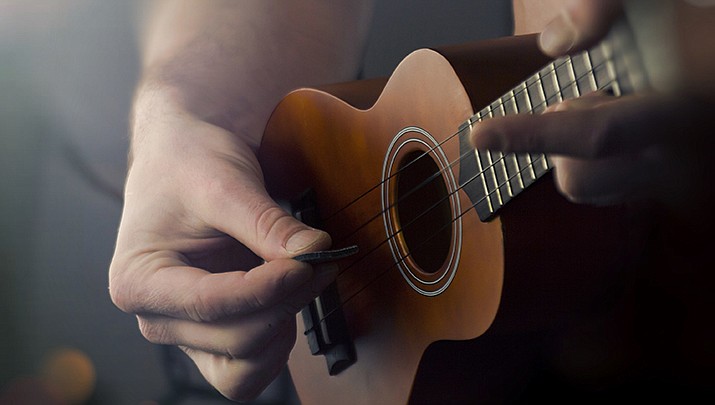The main criterion when choosing ANY musical instrument, especially the first – it (the instrument) should please its owner. Externally, to the touch, by sound. Even if you don’t know how to play yet, ask a consultant (Music staff is always happy to demonstrate the capabilities of the instruments) to see if you like the way the instrument sounds, if you are willing to listen to that sound for many hours while you study. But this is rather the final criterion, when you have already considered several models and choose from 2-3 options.
And before that you should pay attention to more prosaic characteristics.
1. The size of the ukulele The most popular sizes of ukuleles are soprano, concerto and tenor. There are also ukulele soprano, baritone, bass and double bass, but these are quite rare and specific instruments, in “Music”, for example, they are only as custom items. Therefore, we will consider the most popular and affordable options.
So, the main thing in the size of a ukulele – length of the tool, on it classification is defined. The length of the ukulele soprano is 51-53 cm, the length of the concert instrument is 58 cm, and the length of the tenor is 66 cm. Longer models have not only a larger body, but also a longer fingerboard with a larger number of frets. By the way, the width of the fret on the tenor ukulele will be greater than on the soprano. Thus, the typology of the ukulele determines its size as a whole, as well as the range of sound.
Which tool is right for you? Most likely, it will be a soprano, usually beginner musicians are advised. The beginner, as a rule, does not need many modes and strongly surround sound, possibility for connection and other features. Again, the ukulele tenor and concert will cost more. So if you don’t want to spend a lot of money on your first instrument, take a soprano.
2. Housing and fingerboard material “Tru” ukulele are made of koa. This is a Hawaiian tree, which is correctly called “koaia acacia” and which is actually commonly used to make ukuleles. It is clear that the material is not cheap and is usually not used for the manufacture of “mass” tools. Therefore, there are cheaper analogues – mahogany or even spruce. Ukuleles from different species of wood will differ in their sound. Given the small size of the ukulele and its “tube” aura (sitting by the fire in the woods, on a deserted beach under the stars, etc.), it would be logical to assume that the ukulele is a travel instrument.
But neither mahogany nor spruce can withstand numerous crossings, climate change, temperature and humidity. Even laminated wood, which is often used to make cheaper tools, will not be happy if you carry it in the winter on a plane from the Belarusian winter to some Indian rainy season.
